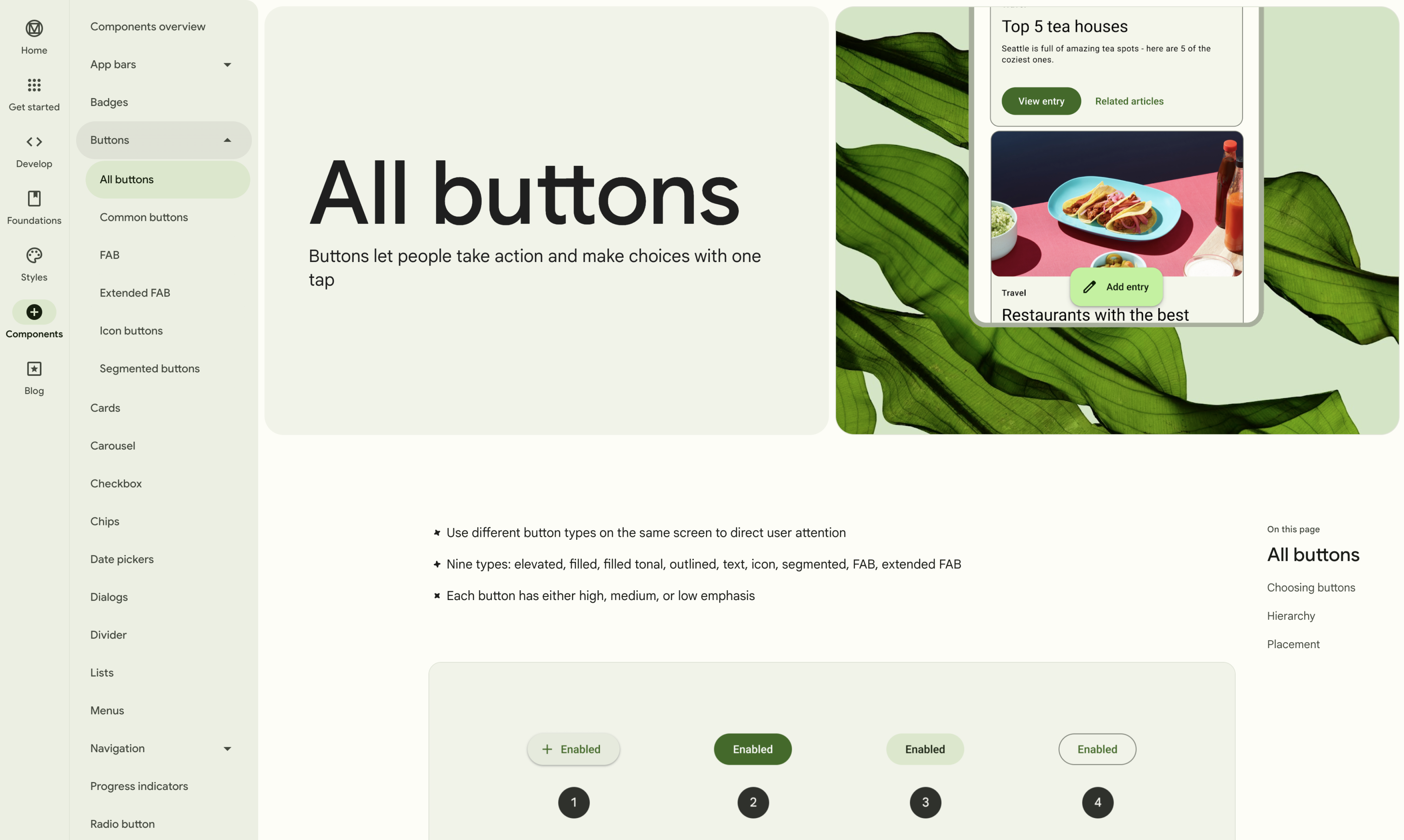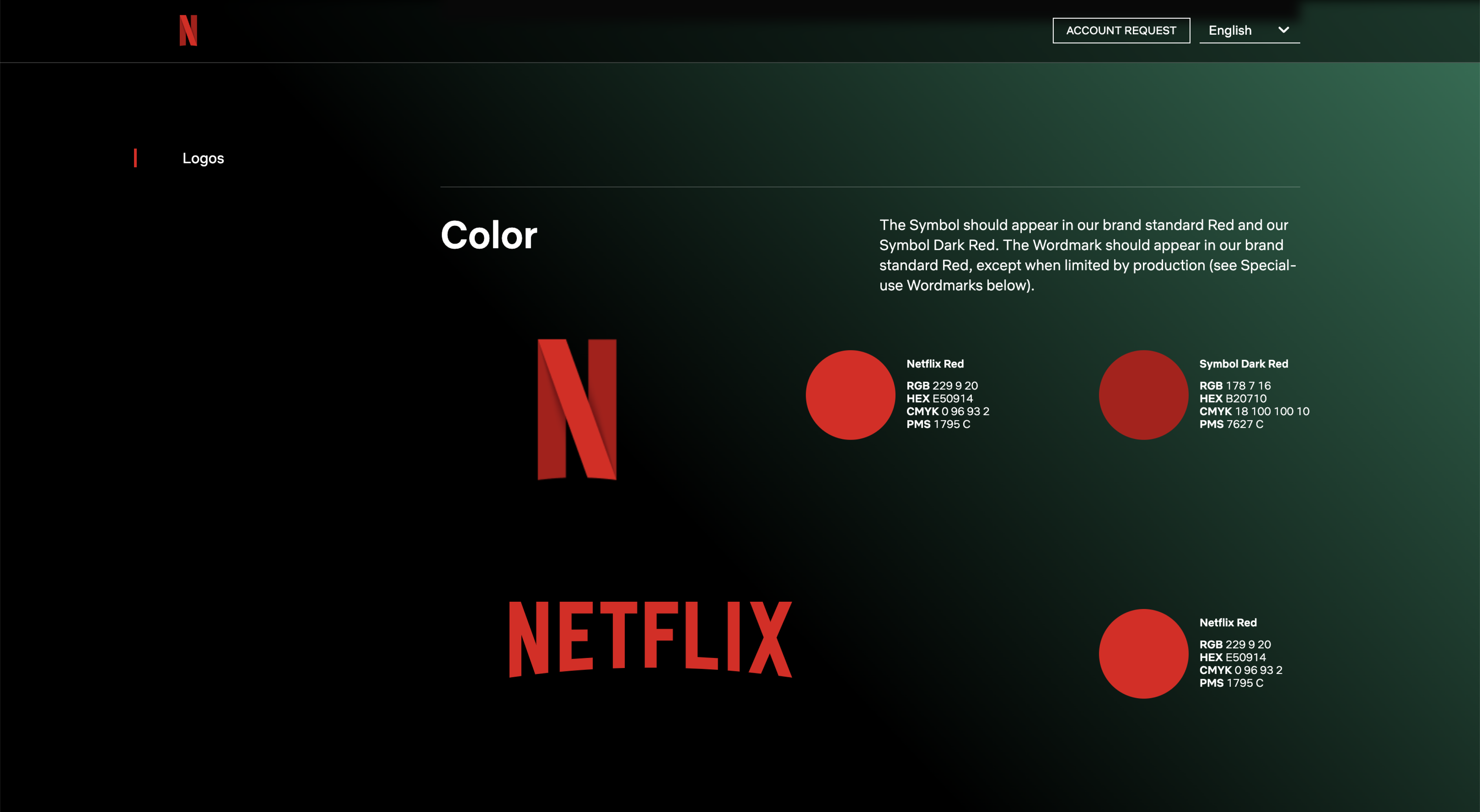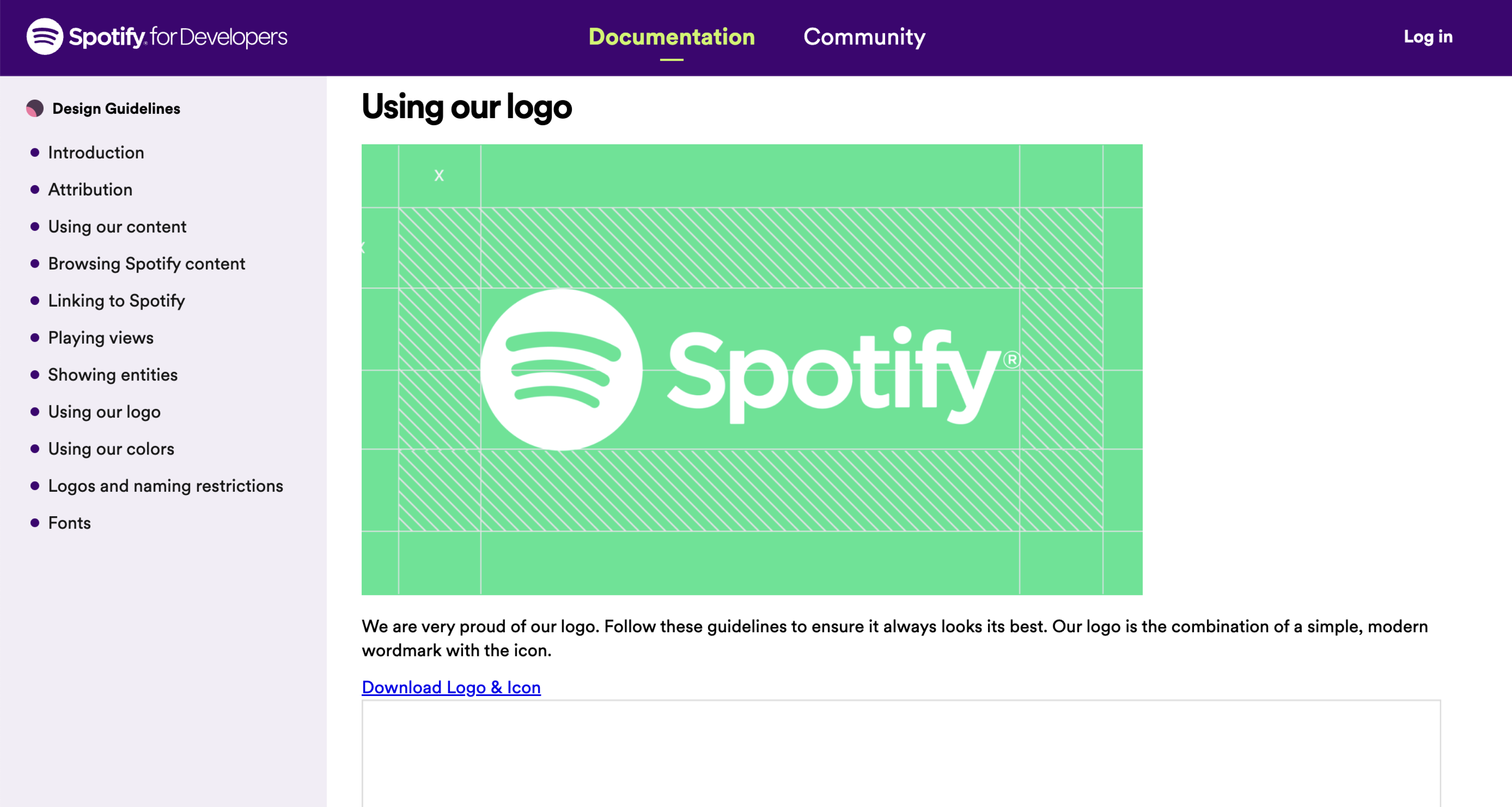
UI/UX Designer must be familiar with the term ‘design system’. Many of them claim that a design system helps in making the design process more consistent and efficient, which is indeed true. However, I often encounter confusion where typeface rules, color palettes, etc., are referred to as the design system, when in reality, they are part of the style guide.
So, what exactly is a design system? And what sets it apart from the Style Guide?
Basically, a design system is a sets of guidelines, principles, and components used repeatedly and governed by clear standards to construct various digital products. The design system includes everything from color palettes and typography to design patterns and code snippets. It is a compilation of resources and assets disseminated to help designers and developers in creating consistent and cohesive products.
While the term ‘design system’ has gained popularity in recent years, it is often linked with other terms such as style guide, pattern library, or even guidelines. However, these concepts inherently serve distinct purposes and functions within the design process.
A design system forms the foundation of a digital product. It ensures how a product is seen, felt, and behaves in line with existing rules and guidelines. The design system ensures the consistency of every product element, greatly helping in creating a positive user experience.

On the other hand, style guide is a component of the design system. It is a document outlining the visual design elements of a digital product. Style guide includes information such as typography, color palettes, iconography, and images. It defines the visual identity of a product and ensures consistency across all platforms.
The primary aim of a style guide is to ensure the visual design of a digital product remains consistent and easily recognizable. It provides designers with a set of guidelines when creating visual assets for a product. It also aids in communicating the brand identity and product character.
So, is a design system the same as a style guide? Certainly not. A design system is more comprehensive compared to a style guide. The design system encompasses the Style guide, pattern library, and code snippets. Whereas the style guide covers brand identities such as typography, color palettes, imagery, iconography, and UI components.
The scope of a design system is broader as it not only includes visual design elements but also design patterns and coding standards. A design system constitutes a comprehensive collection of rules and standards governing all design work within an organization.
Moreover, the design system is more flexible compared to the style guide. While designers need to follow the guidelines within the design system, they can adapt them creatively. The design system is not a rigid set of rules but rather a collection of principles that can be adopted within different contexts and products.
In contrast, the style guide is slightly more rigid. It provides designers with a set of guidelines to follow and allows limited room for experimentation. The style guide is designed to ensure consistency across all platforms.
These are some examples of design system and style guide. I Hope these examples can helps you to gain understanding about the differences of design system and style guide.
Design System
Design system encompasses the style guide, pattern library, and code snippets. I provide some examples of design system. Check links below to access the design system.
Style Guide
Style guide is a component of the design system. It includes information such as typography, color palettes, iconography, and images. I also provide some examples of style guide. Check links below to access the style guide.
Conclusion
A Design System and a UI Style Guide are integral components in the world of UI/UX design, yet they serve different but complementary purposes. While both aim to ensure consistency and coherence in digital product design, they have distinct scopes and functionalities.
While the UI Style Guide is a vital part of the broader Design System, the latter is more comprehensive, encompassing not only visual design elements but also design patterns, coding standards, and overarching guidelines, setting the groundwork for cohesive and consistent user experiences across diverse digital platforms and products.










